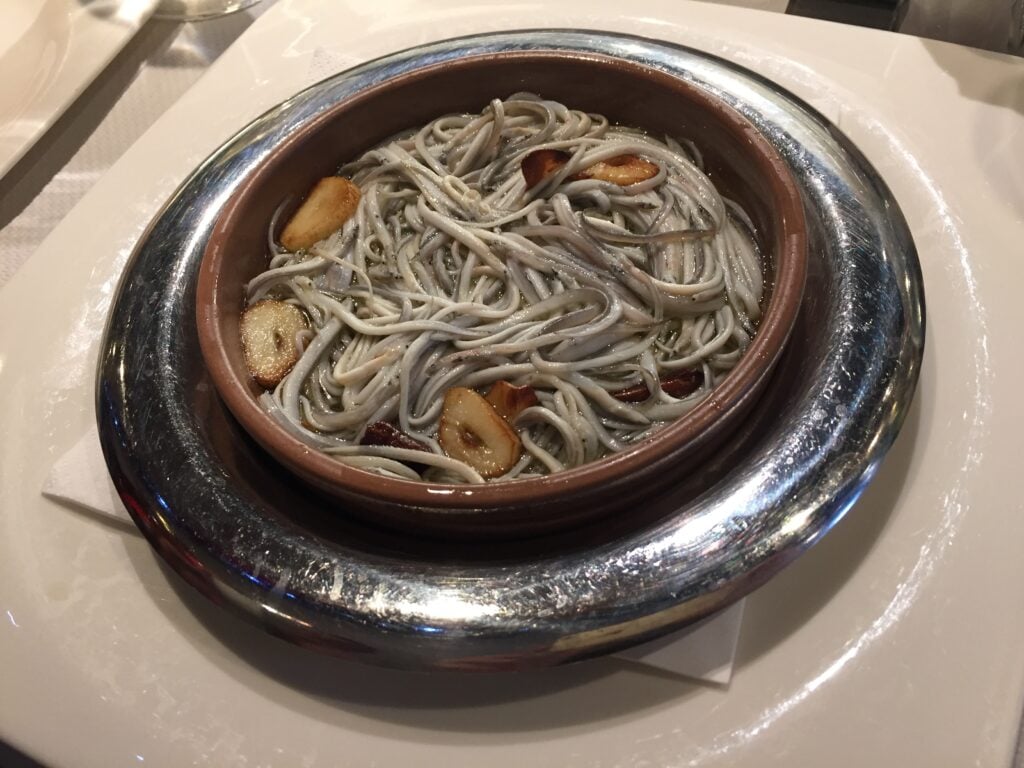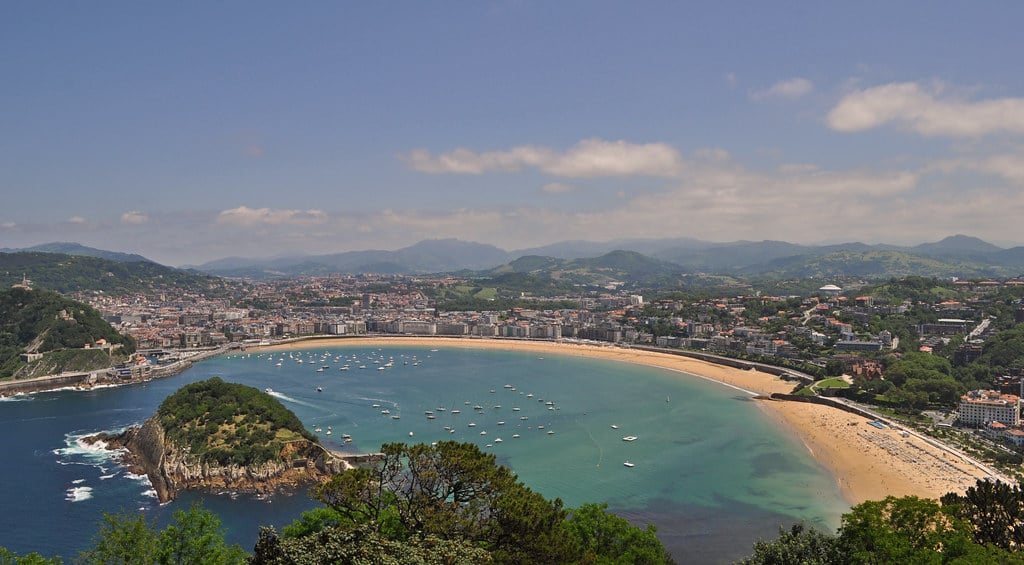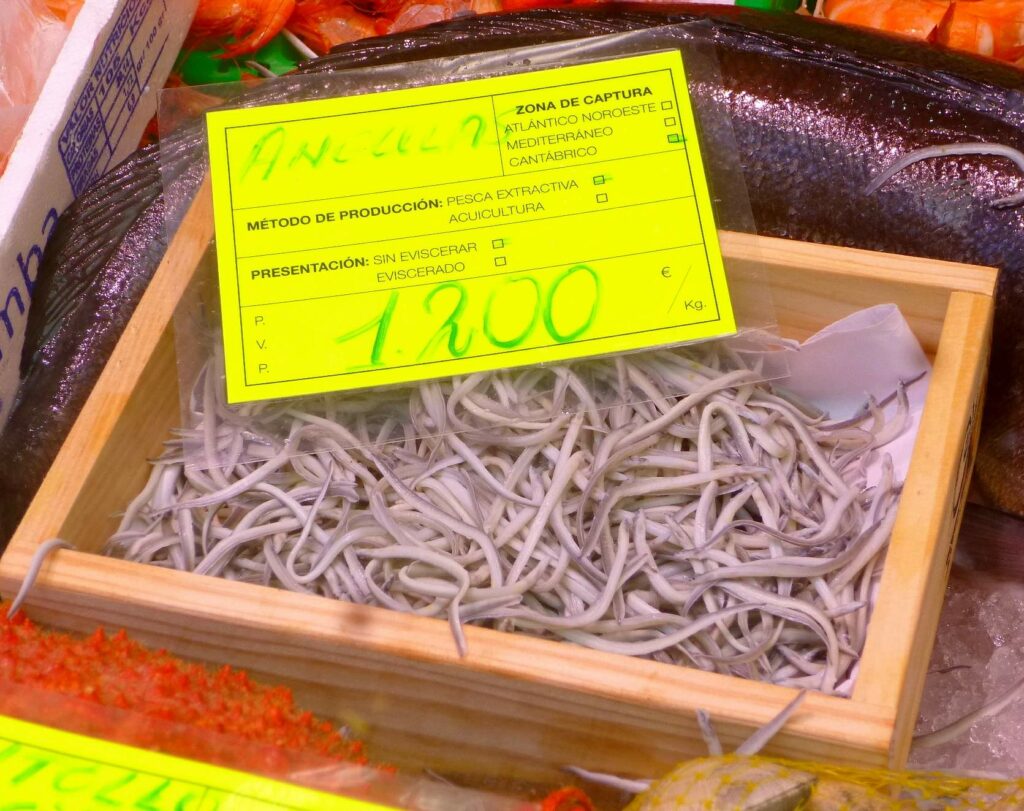The Basque region of northern Spain is renowned for its gastronomy, with delicacies ranging from cured hams to its famous pinchos. One of the lesser known, however, is called “angulas”.
This local treat looks like noodles but is in fact baby eels. As well as being one of the less publicized Basque dishes, angulas are also one of the most expensive. Sometimes costing nearly $500 per pound, they have been dubbed the caviar of northern Spain.

Locally, angulas are known by the Basque word “txitxardin” – or “elvers” in English. Despite their hefty price tag, angulas do not have a particularly strong flavor, are hardly the most aesthetically appealing of foods and were, for a long time, not considered a delicacy whatsoever. Which begs the question: what’s all the fuss about now?
Taste-wise, the texture of angulas is its big selling point. Chefs usually fry garlic, chili and peppers in olive oil, then add angulas to the mix. The young eels are transparent and slimy before being cooked but turn opaque with the heat.
The price is largely down to a limited supply. Overfishing, varying availability depending on the seasons and high demand in northern Spain all contribute to a competitive market. The degradation of eels’ natural environment has also led to the European eel now being critically endangered. Live angulas used to be exported to China, where they were fattened and sold as adult eels, but that has been banned since 2010. Nonetheless, in 2017, Spanish police uncovered an international angula-trafficking operation.

Another crucial reason for the steep cost is the fine-dining status that angulas now hold. Speaking to the BBC, Manolo González, a food writer and historian from San Sebastian in the Basque, explained: “When I was young, in the 1950s and 60s, we ate a lot of angulas. At that time, they were still considered too low class for a restaurant to serve, but in the ‘70s, the great Basque restaurants like Arzak started to cook with them, and all of a sudden, angulas were high class.”
“Exclusivity has always played a role in gastronomy,” González continued. “And for a food lover, on a special occasion, 80 euros for an appetizer isn’t completely out of reach.”
Read More: I went to the World Nettle-Eating Championship
The combination of scarcity and being fashionable resulted in the modern-day phenomenon of angulas.
Angulas are typically served in earthenware pots known as a la Bilbaína and with wooden cutlery that does not disrupt the taste. They are usually eaten around Christmas, to coincide with the fishing season. They are caught from river mouths overnight, when they rise to the surface of the water, having rested on the bottom during the daytime, and shortly after death to preserve their texture.

Adult European eels swim thousands of miles to an area called the Sargasso Sea in the northwest Atlantic Ocean, and it is here that they spawn, lay eggs and, eventually, die. The baby eels then return to Europe, the journey taking years as they travel to Northern Spain along the Gulf Stream. Once they return, they are caught and served as a delicacy.
Out of season, and for a fraction of the price, a similar product called “gulas” is sold across Spain. Consisting of processed fish, gulas are served with pasta, seafood or on top of bread as pinchos. The easiest way to distinguish the two is by the small eyes visible on one end of authentic angulas.





